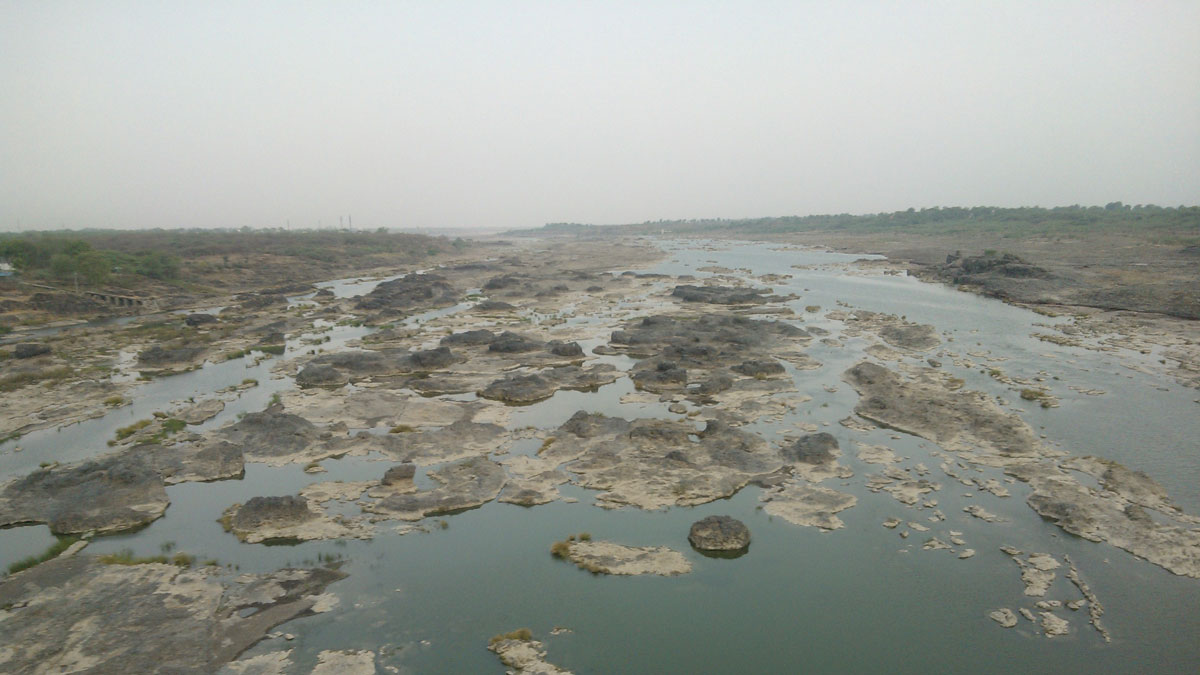Source: AGU Advances
Streamflow drought—when substantially less water than usual moves through rivers—can seriously disrupt the welfare of nearby communities, agriculture, and economies. Synchronous drought, in which multiple river basins experience drought simultaneously, can be even more severe and far-reaching.
Recent observations and modeling suggest that on the Indian subcontinent, where major rivers support more than 2 billion people, the likelihood of synchronous drought is increasing as summer monsoons weaken, the Indian Ocean warms, and anthropogenic emissions and excessive groundwater pumping continue. However, little is known about the long-term patterns of synchronous drought in India, in part because streamflow data don’t offer information about the distant past.
By combining several decades of streamflow measurements from 45 gauge stations along India’s major rivers with high-resolution temperature and precipitation data and data from a range of paleoclimate proxies, Chuphal and Mishra have now reconstructed streamflow records across more than 800 years.
To look farther back in time, the researchers turned to the Monsoon Asia Drought Atlas, which comprises tree ring data indicating summer drought conditions across Asia between 1200 and 2012. They also considered historical records of climate patterns like El Niño, the Pacific Decadal Oscillation, and the Indian Ocean Dipole to explore connections among drought frequency, reoccurrence, and synchronicity. And they used two models from the Paleoclimate Modeling Intercomparison Project Phase 4 (PMIP4) that are part of the Coupled Model Intercomparison Project Phase 6 (CMIP6) to simulate precipitation and temperature data, as well as a hydrological model to simulate streamflow from 1200 to 2012.
With all this information, the researchers created their own reconstruction model that captured historical droughts driven by monsoon failures and connected low river levels to periods of drought-induced famine. Their findings revealed an increased frequency in synchronous drought between 1850 and 2014 compared with preindustrial centuries—an increase they surmise was likely caused by the warming climate. The researchers also suggest that future synchronous droughts may threaten water security throughout India. (AGU Advances, https://doi.org/10.1029/2025AV001850, 2025)
—Rebecca Owen (@beccapox.bsky.social), Science Writer



